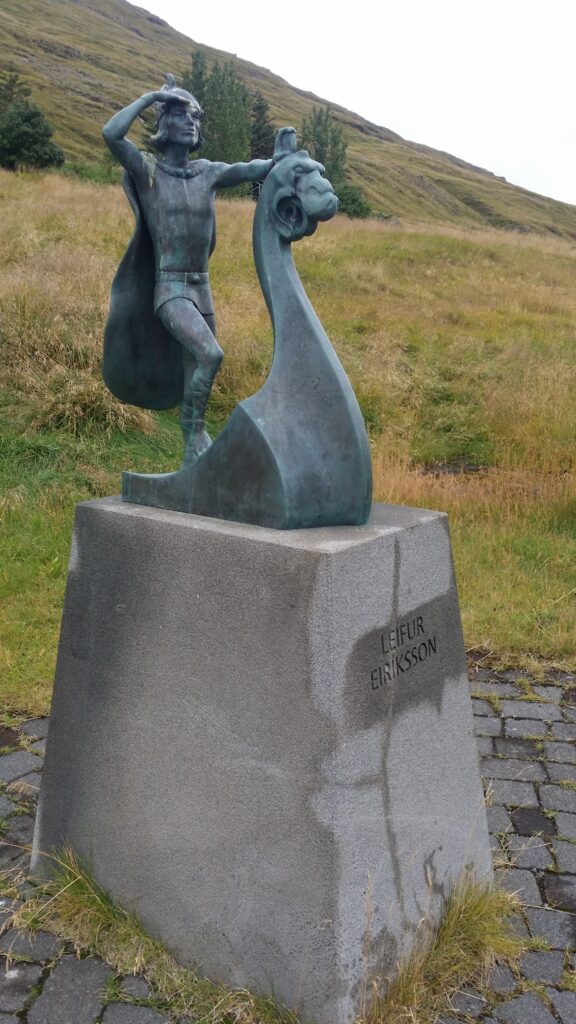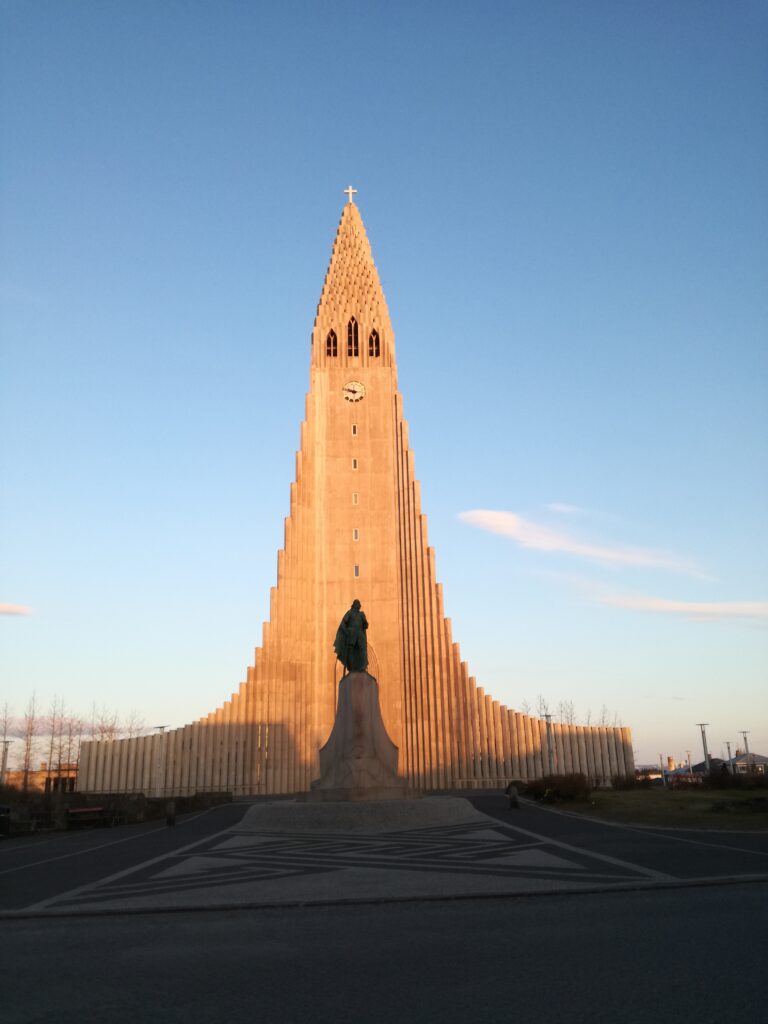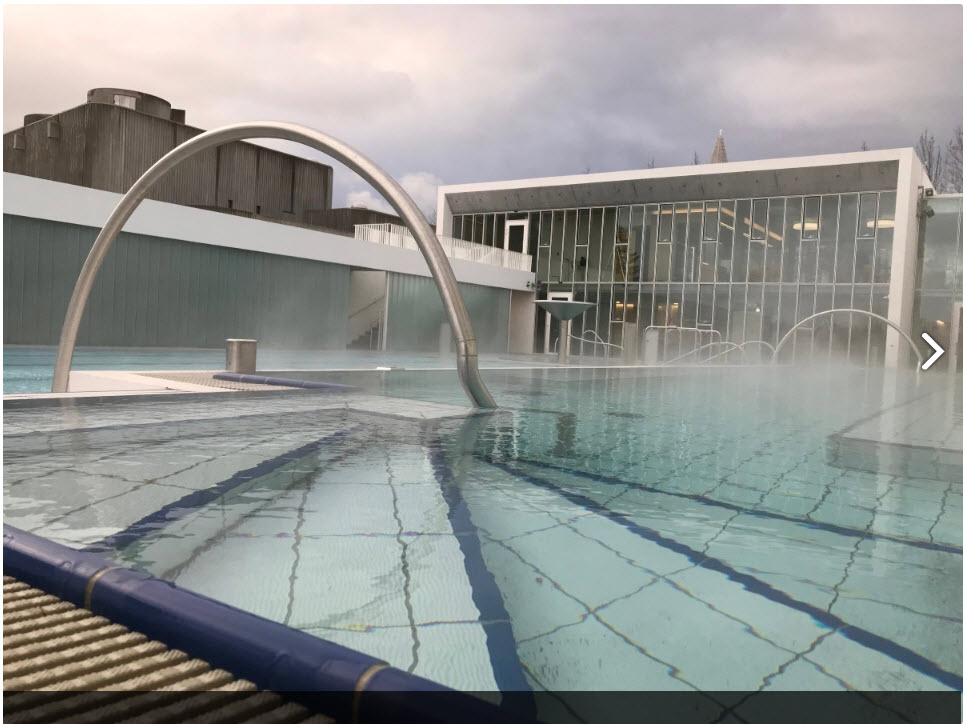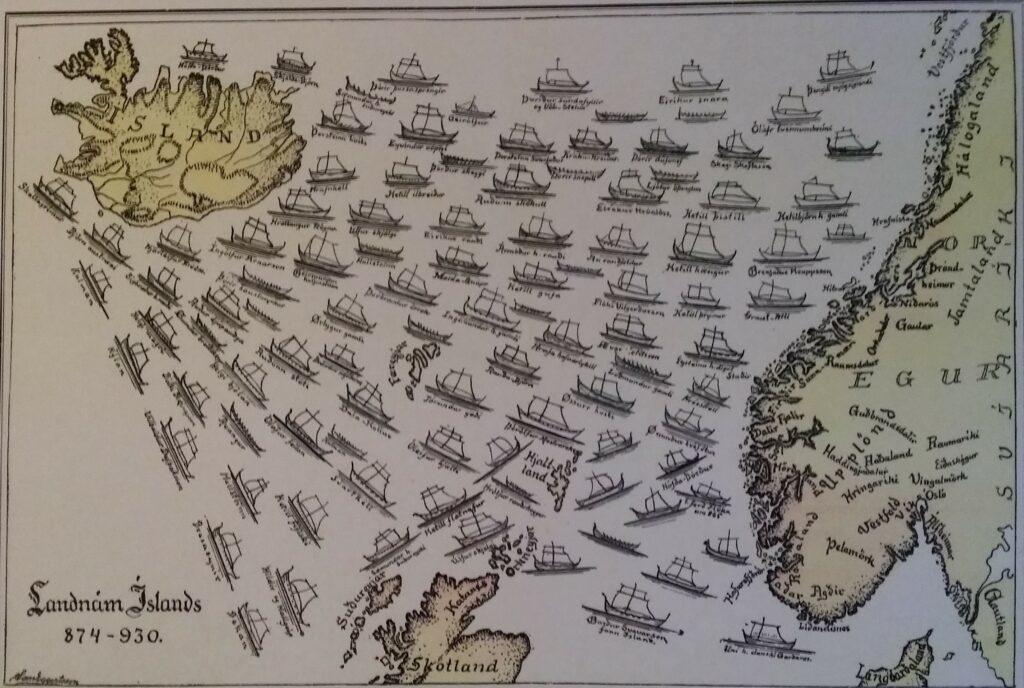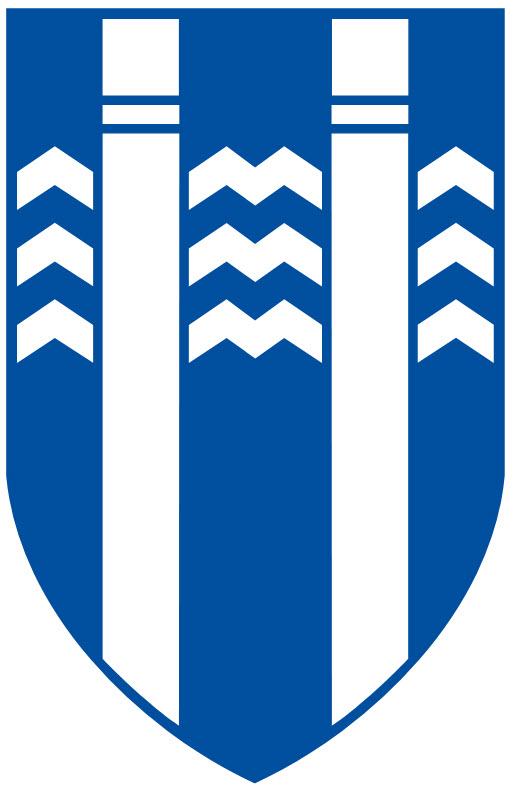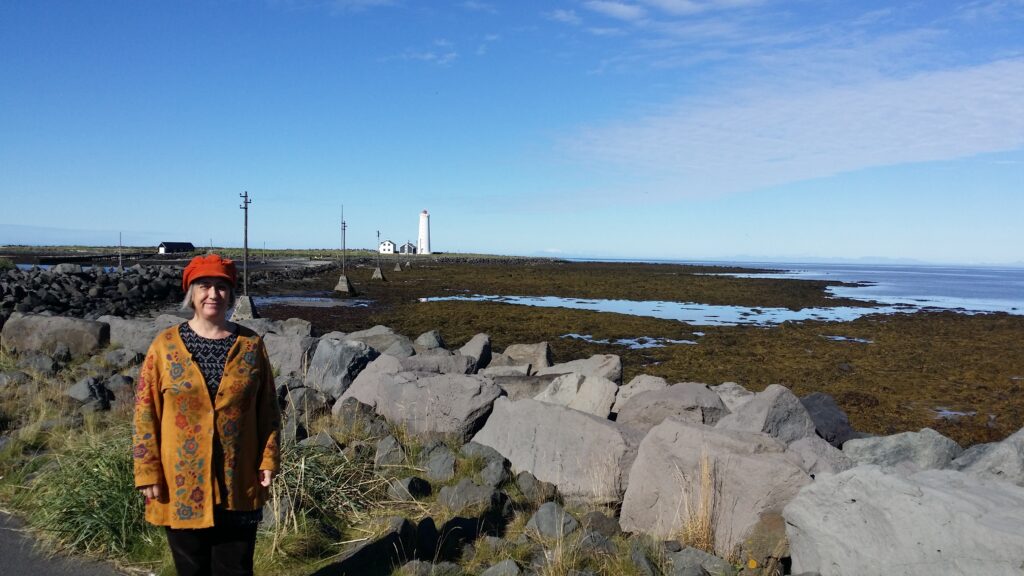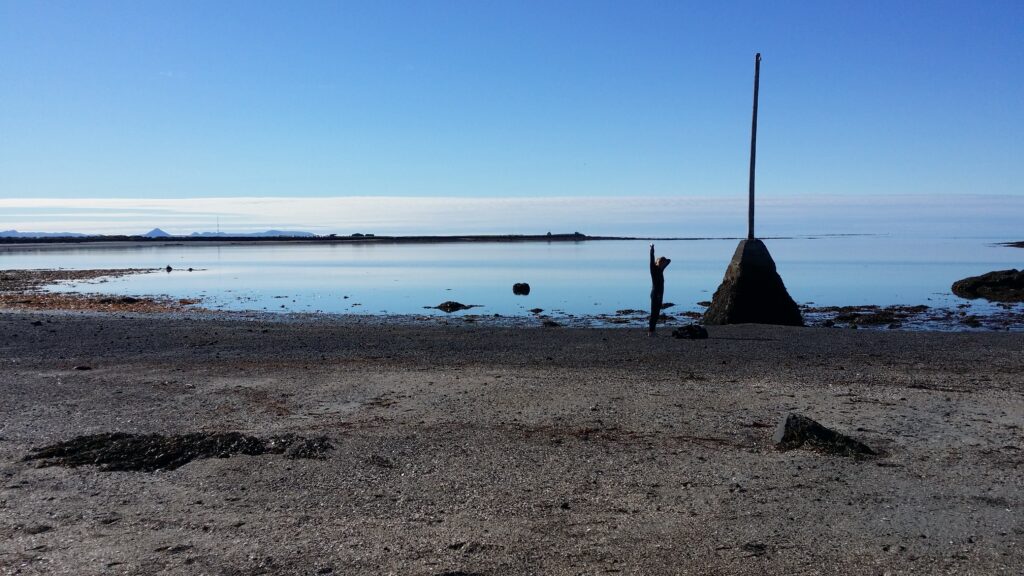In the middle of Reykjavík you will find a pond, Tjörnin. It is said that a long time ago, two women lived on opposite sides of the water. One day the ladies met while they were rinsing off their socks. They started arguing about fishing in the pond, which they both wanted to have for themselves. It ended with curses, and all the trout in the pond were turned into insects. Since then, there has never been fishing in Tjörnin. Constructed with the ‘feet’ in this water, you will find Ráðhús Reykjavíkur (Reykjavík Town Hall). Tjörnin is home to many birds, and feeding them is a popular activity, so popular that Tjörnin is called ‘The thickest bread soup in the world’. We did not bathe there!
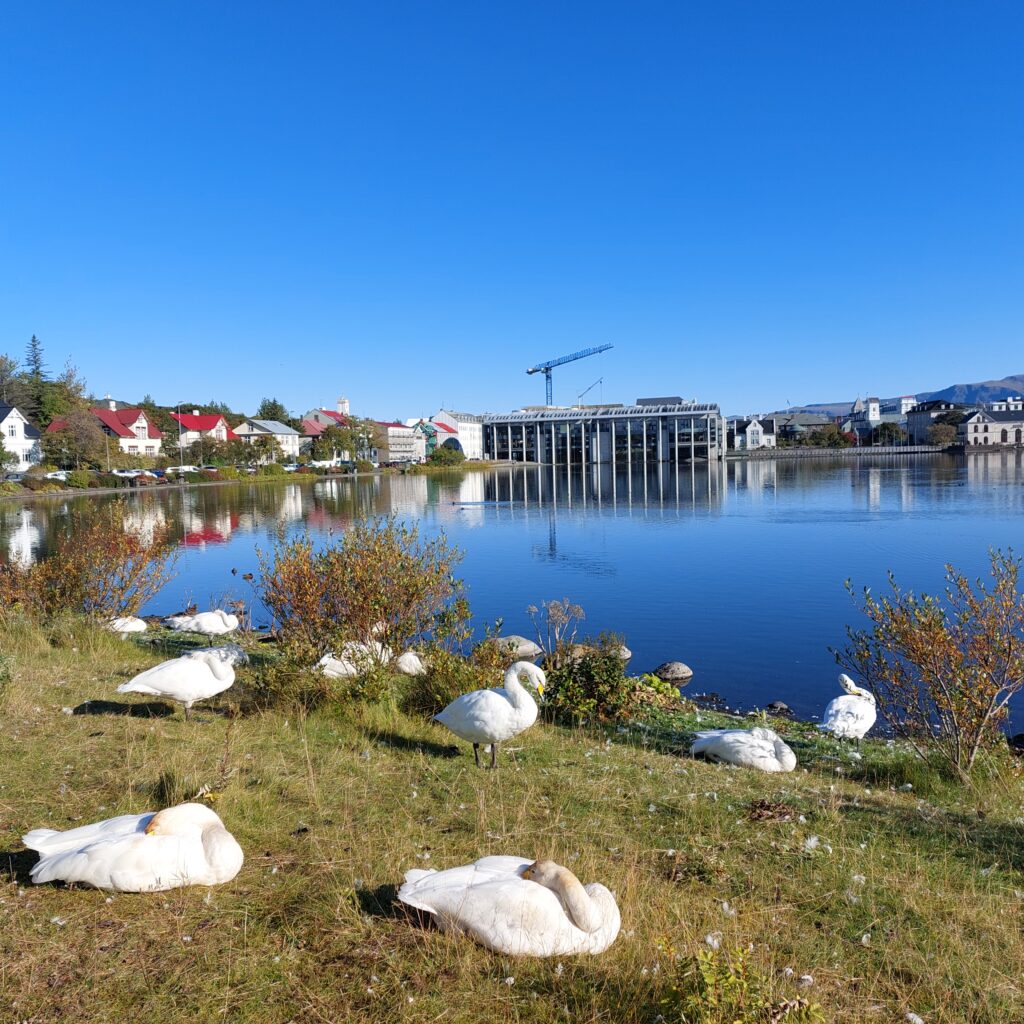
Northeast of the town hall you will find the Icelandic Art Center (Kynningarmiðstöð íslenskrar myndlistar). If you are a little interested in art – spend some time there, it is recommended.
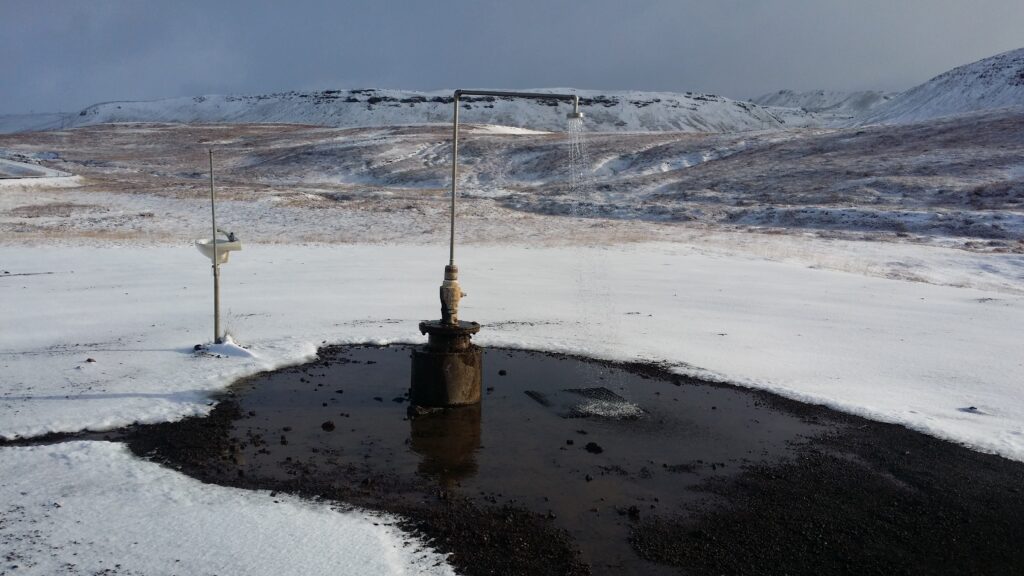
After the art, time is just right for a bath. We suggest a good walk along the promenade to Seltjarnanes, if the weather is nice. Just before you reach the pier of the lighthouse (Grótta viti), you can see a small building on the right. Go down to the shore and there you will find Kvika foot bath (Kvika means Magma).
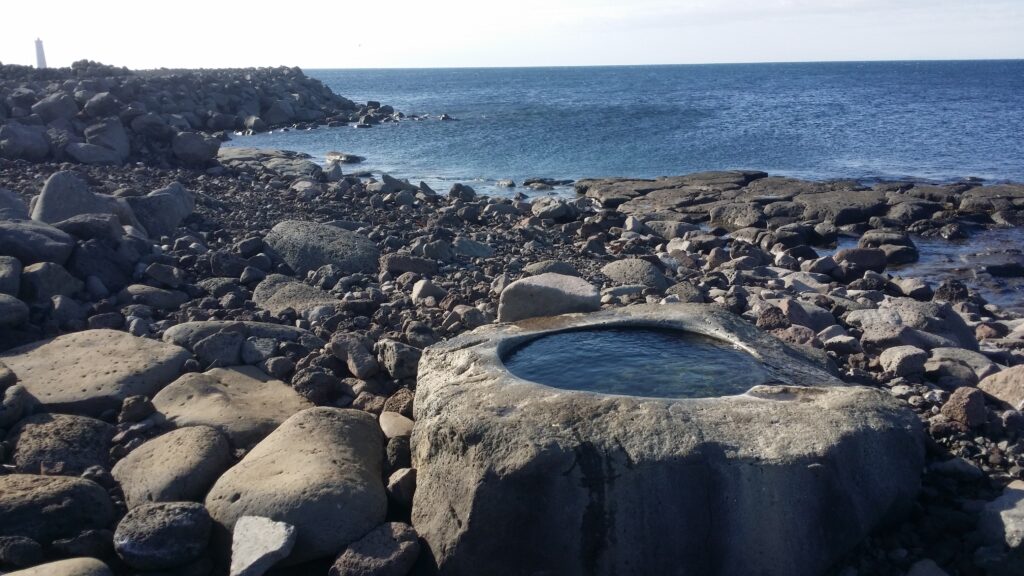
The artwork is made by Ólöf Nordal and consists of a hollowed out stone that is lit and filled with hot water (39 degrees). Four adults can bathe their feet at the same time. An absolutely wonderful experience!
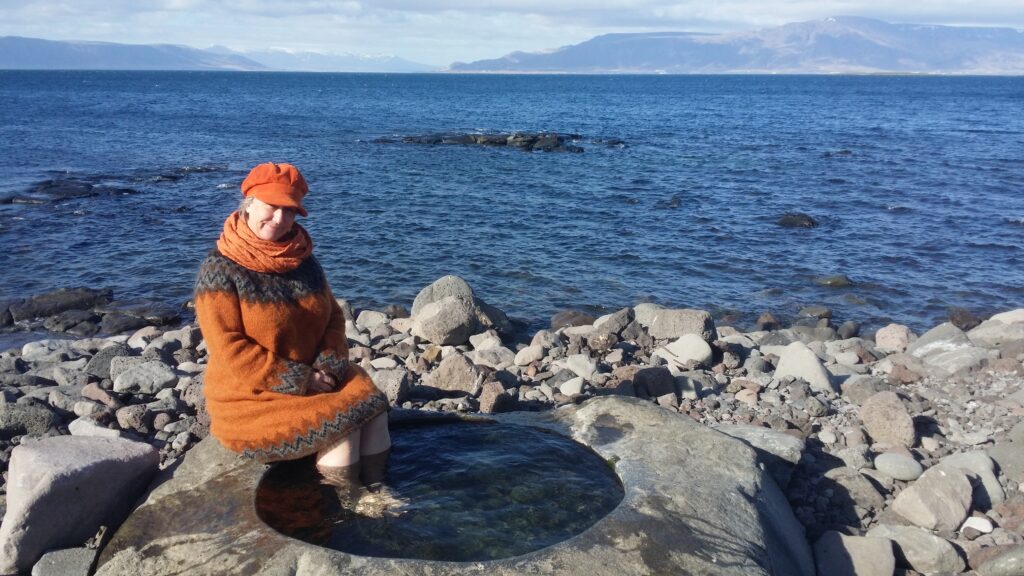
Imagine a hot foot bath in a winter night by Reykjavik with the northern lights dancing in the background! ‘Take off your socks and shoes and let yourself be linked with nature on the beach. You become a participant in the notion of settlement, nature, land, sea, sky and earth. When the feet are warm, the blood flows through the body. Physical and mental health flow together, sensitivity to the environment awakens and a connection is formed with the forces of nature‘. Quotation: The artist Ólöf.
